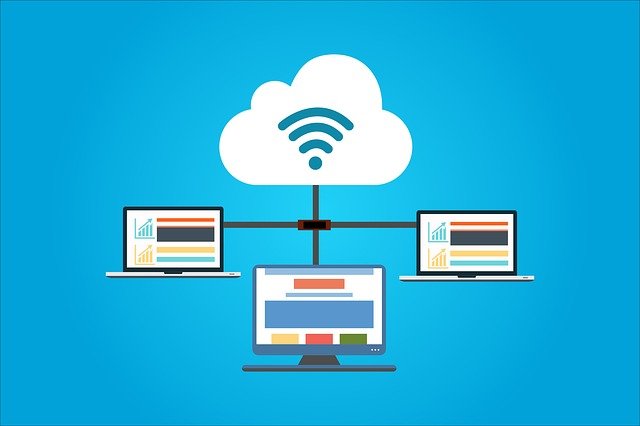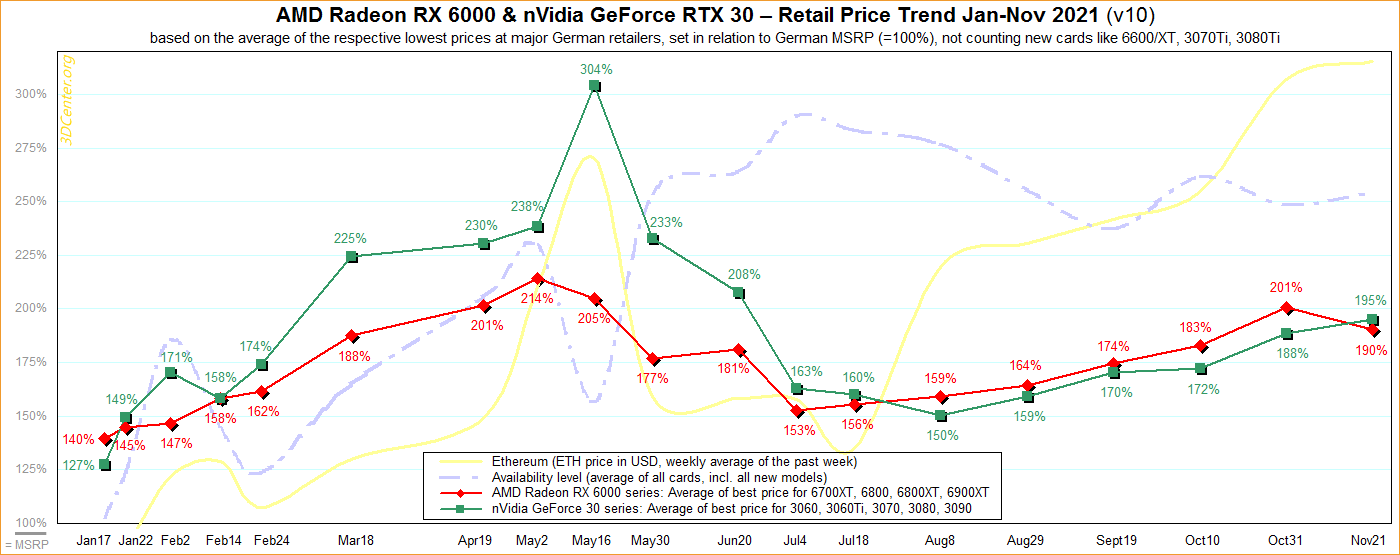
You can use the apachelog level command to send errors to another program. There are three levels available: warning (debug), critical (debug), and warning. Each level has its own advantages and disadvantages. Choosing the right level depends on the situation you are experiencing. If you have a server down, you might set a high level log level. You can also set a lower log level for normal usage.
Log Level Changes
You can change the Apache log level to increase or decrease severity of log messages. The default level for Apache log messages is warn. The other two levels, crit and emerg, are the default warning level. Warning logs can be generated when the system seems to be functioning normally but can develop into serious problems over time. You can troubleshoot the server and debug it by making changes to the log level.
Apache web servers will log all changes to the log level. This will increase your log file sizes and make the webserver more work. You can increase the log level for trace if you require more detailed logs.
Messages logged
Apache servers can be analyzed to identify the root cause by looking at the errors logs. The log contains information about the error type, time and severity. It also contains information on the web browser and operating systems of the client.

Apache server logs information from clients to create log files. These log files may be accessed by a simple text editors, such as tail, cat or other command-line tools for Linux.
Messages logged with debug Level
The debug logs information about warnings and errors that are encountered in the application. These messages can be useful for testing and debugging. You can filter the messages by choosing the correct level. This will allow you to see more information and not lose important details. To gain more information on a particular subsystem or component, you can set the DEBUG/TRACE level. For production environments, however, you should use INFO.
An application may not abort if it logs a message at this level. Instead, it means that an important part of the application is not functioning properly. The application may not be able to access certain files or services. This indicates that there is something wrong. The majority of applications will continue to run normally without any error messages.
Messages logged with FATAL level
A message marked FATAL denotes a serious error. You must immediately correct these errors, as they could cause financial or data loss. This doesn't necessarily mean that programs have failed. These events are unlikely to stop applications running.
In order of severity, the severity levels are listed in ascending order. If the error message reads FATAL, the program will be terminated and the error logged. If the error is less severe, the log message is logged in lower severity logs. If the message has a DFATAL level, it will be logged in debug mode instead of production. This allows you to avoid stopping the program in a running system.

TransferLog level logs messages
There are three levels of log messages: "emerg" (unusable), "alert," and "crit." An "emerg” message signifies that the system is malfunctioning and must be fixed immediately. A "warn" message is informational and should not be discarded, but should be reported for further investigation. Informational messages, such as "Info", are useful in troubleshooting. More detailed information can be found in "debug," messages.
Apache also tracks the status of an HTTP request or connection. The HTTP status code is useful in measuring the speed of a website. A 404 response, for example, includes Referer information.
FAQ
What does it mean to be a UI designer
A user interface (UI), designer is responsible for designing interfaces to software products. They design the application's layout and visual elements. Graphic designers may also be part of the UI designer.
The UI Designer needs to be a problem solver and have a good understanding of how people use computers.
A UI designer should be passionate about technology and software development. He/she must understand all aspects of the field, from developing ideas to implementing those ideas into code.
They should be able use a variety of tools and techniques to create designs. They must be able think creatively and find innovative solutions to problems.
They should be detail-oriented and well organized. They should be able to develop prototypes quickly and efficiently.
They should feel comfortable working with clients large and small. They should be able to adapt to changing situations and environments.
They should be able speak clearly and effectively with others. They should be capable of communicating clearly and concisely.
They should be well-rounded, with strong communication skills.
They must be motivated and driven.
They should be passionate about what they do.
How much does a website cost?
The answer depends on what you are trying to achieve with your website. For instance, if you just want to post information about yourself or your business, you might be able to get away with free services such as Google Sites.
However, if visitors are serious about coming to your site, they will be willing to pay more.
The most common solution is to use Content Management Systems (like WordPress). These programs make it easy to create websites without any programming knowledge. These sites are hosted by third-party companies so you don't have to worry about being hacked.
Squarespace, a web design service, is another option. The plans range from $5 per month up to $100 per month depending on what content you want to put on your site.
How to design a website?
The first step is to understand what you want your site to do for your customers. What do your customers want from you when they visit your website?
What kind of problems can they have if they cannot find what they want on your site?
Now you need to figure out how you can solve these problems. Make sure everything looks good on your website. It should be simple to navigate and use.
It is important to have a professional-looking website. It should not take too much time to load. If it takes too much time, people will not stay as long as they want. They'll move elsewhere.
It is essential to determine where all your products reside before you start building an eCommerce website. Are they all in the same place? Are they spread around your site?
You must decide whether to sell one product only or many products simultaneously. Do you want to sell just one type of product or multiple kinds?
After you've answered these questions, it is possible to start building your website.
Now it is time for you to concentrate on the technical aspect of things. What will it take to make your site work? Is it fast enough? Can people get to it quickly from their computers?
Will it be possible to buy something online without paying any extra? Will they have to register with your company before they can buy something?
These are the essential questions you should ask yourself. These questions will help you to make the right decisions and move forward.
Is web design difficult?
Web Development is hard but you can learn it if you are passionate about coding.
All you have to do is find the right tools and then follow them step-by-step.
YouTube and other platforms offer many tutorials. Online software like Sublime Text and Notepad++ is also available for free.
Books are also available in libraries and bookstores. Some of the most sought-after books are:
O'Reilly Media presents "Head first HTML & CSS".
O'Reilly Media's Head First PHP and MySQL 5th Ed.
"PHP Programming for Absolute Beginners" by Packt Publishing
I hope you find this article helpful!
Statistics
- It's estimated that chatbots could reduce this by 30%. Gone are the days when chatbots were mere gimmicks – now, they're becoming ever more essential to customer-facing services. (websitebuilderexpert.com)
- It enables you to sell your music directly on your website and keep 100% of the profits. (wix.com)
- Did you know videos can boost organic search traffic to your website by 157%? (wix.com)
- Is your web design optimized for mobile? Over 50% of internet users browse websites using a mobile device. (wix.com)
- The average website user will read about 20% of the text on any given page, so it's crucial to entice them with an appropriate vibe. (websitebuilderexpert.com)
External Links
How To
How to use WordPress for Web Design
WordPress is a free software tool that allows you to create websites or blogs. The main features include easy installation, powerful theme options, plug-ins, and many others. You can customize your website using this website builder. It includes hundreds of themes, plugins, and other tools that can be used to create any type of website. You can also add your domain to the site. These tools allow you to easily manage the appearance and functionality of your website.
WordPress allows you to create beautiful websites even if you don't know how to code HTML. It doesn't matter if you don’t know much about coding. You can create a beautiful website in no time. We will walk you through basic steps to set up WordPress on your computer. We will explain everything so that you can easily follow along at your own pace.
WordPress.com is the most widely used Content Management System (CMS) and currently has 25 million users around the world. There are two different versions of WordPress available; you can either buy a license from them for $29 per month or download the source code and host it for free.
WordPress is an excellent blogging platform for many reasons. For one thing, it is very simple to use, and anyone who can write a little bit of HTML can create a great-looking site. You also have the flexibility to change your site's look and feel. WordPress.org offers many themes for free. This means that you can completely customize the look and feel without spending a dime. It is also highly customizable. Premium add-ons are available from many developers that allow you automatically to update posts when someone comments, or integrate social networking sharing into your site.